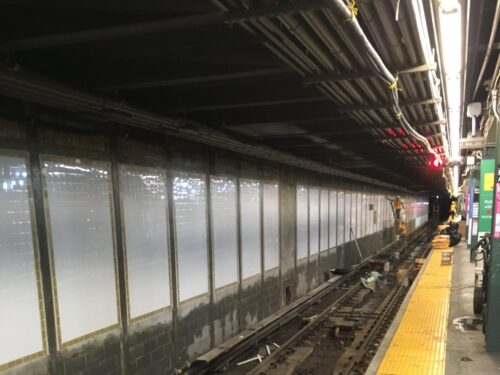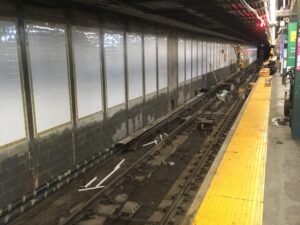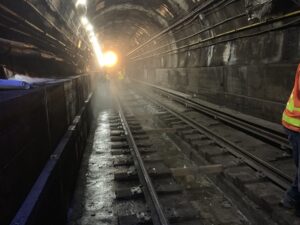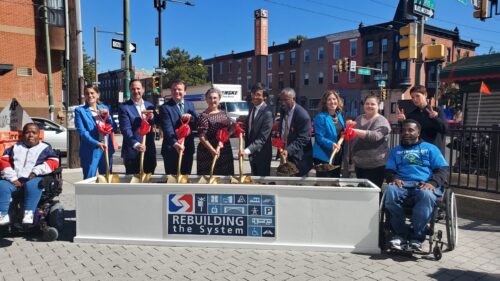Canarsie Tunnel Independent Consultant
Canarsie Tunnel Independent Consultant
The Canarsie Tunnel is comprised of two tunnels — one eastbound, one westbound, approximately 1.5 miles (7,900’) in length — that transport 225,000 rail customers on the L train subway line between Manhattan and Brooklyn in New York City. The power cables, communication cables, and circuit breaker housings were saturated with salt water during Superstorm Sandy. Salt water accelerated the corrosion of the bench wall that encased the power and communication cable duct banks.
The original reconstruction plan removed 32,000’ of bench wall in both tunnels, installed 126,000’ of power cable and 176,000’ of communication cable in a new bench wall. This would require MTA to close both tunnels to all rail traffic for a duration of 15 to 18 months; requiring the 225,000 rail customers find alternative transportation to commute between Manhattan and Brooklyn.
New York’s governor enlisted Cornell University and Columbia University to review the project plan and develop an alternate plan to mount the power and communication cables on a rack system along the tunnel wall on one side while the bench wall on the other side would remain free for ingress and egress. It will also allow the rail service in the tunnels to continue, since most of the work can be completed on nights and weekends in one tunnel while the other tunnel remains open for rail traffic.
Upon the decision to construct the project with phased construction completed on nights and weekends only, with a single tube providing continued service in both directions during work periods, JMT was selected to provide independent oversight, engineering advice and consultation for “Passenger Rail Train Operation Transition and Safety” with a particular focus on silica dust control for the project. Our services included oversight of the contractor, the designer, and the construction manager as well as independent air monitoring to assure safety of passengers and oversee go/no-go for service interruptions.
Given the high-profile nature of the assignment, JMT provided independent oversight, engineering advice, and consultation directly to the MTA Board of Directors, answering exclusively and only to the Board.




